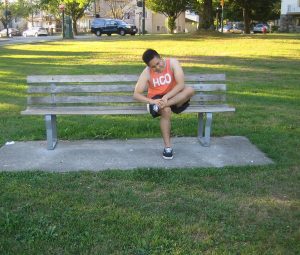Cuboid syndrome develops if the peroneus longus muscle in the lower leg places significant traction on the cuboid bone which causes it to partly dislocate. This form of injury is likely to occur along with peroneal tendonitis.
It is important to note that the cuboid bone is one of the 8 tarsal bones positioned in the back and middle foot. It is located on the exterior of the foot, right in front of the ankle. A partial dislocation usually develops at the calcaneocuboid joint amidst the heel bone and the cuboid in front. When it comes to cuboid syndrome, it typically occurs after a significant ankle inversion sprain, but can occur even if there are no other injury took place.

What are the indications?
The signs and symptoms of cuboid syndrome are strikingly the same as an ankle sprain and includes pain while engaging in activities that involves bearing weight on the outside of the foot.
The pain is aggravated if weight is transferred onto the foot and those who have this condition evidently overpronate in which the feet rolls inwards or flattens.
Management of cuboid syndrome
The cuboid bone is manipulated physically or restored back into its proper alignment by the doctor. It is important to note that the reduction of the joint should be maintained with taping along with padding as well as utilizing arch support insoles. In some cases, corticosteroid injections are also used.
In case peroneal tendonitis is a contributing factor, it is managed with adequate rest, application of ice and a rehabilitation program that includes stretching and strengthening exercises.
